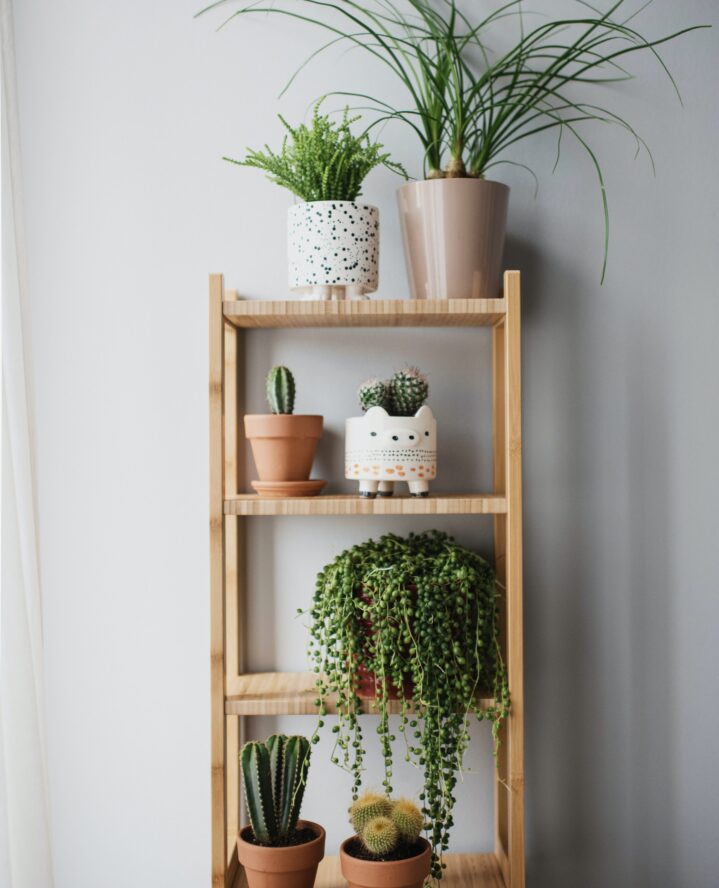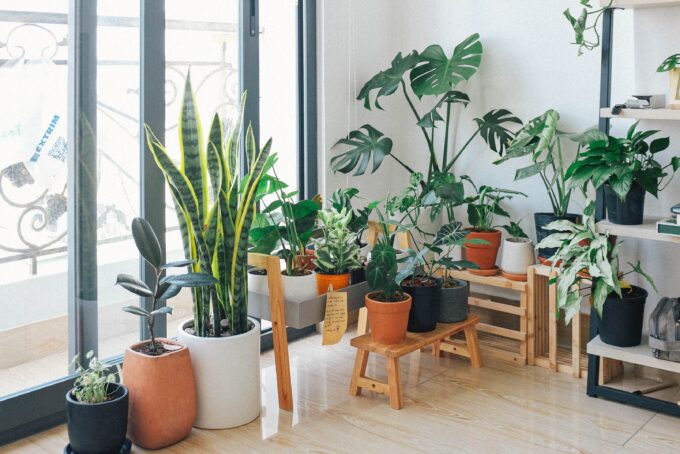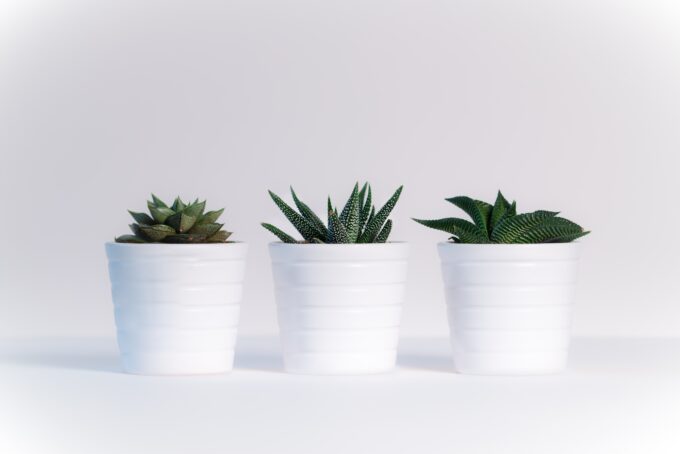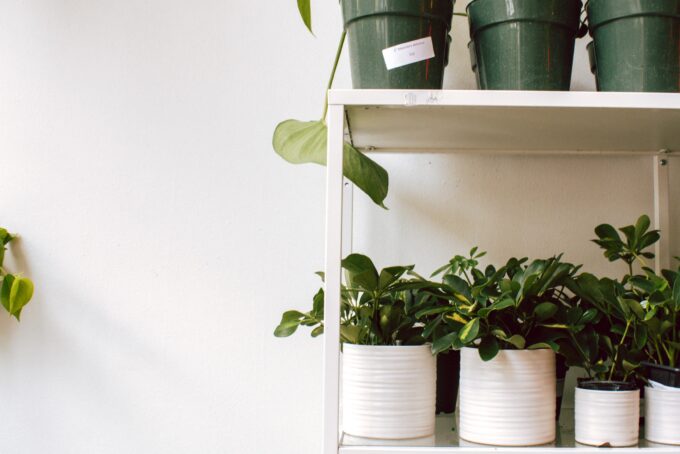Adding houseplants to your space has plenty of benefits, besides the obvious aesthetic appeal. They help purify the air and have even been shown to help reduce stress levels. However, not all greenery is created equal. For those who are new to plant-parent life, it’s important to know that some plants can be extremely toxic for plants and children. Breathe easy and get ready to turn your home into a lush jungle or tropical paradise with this guide featuring the safest plants for pets and kids.
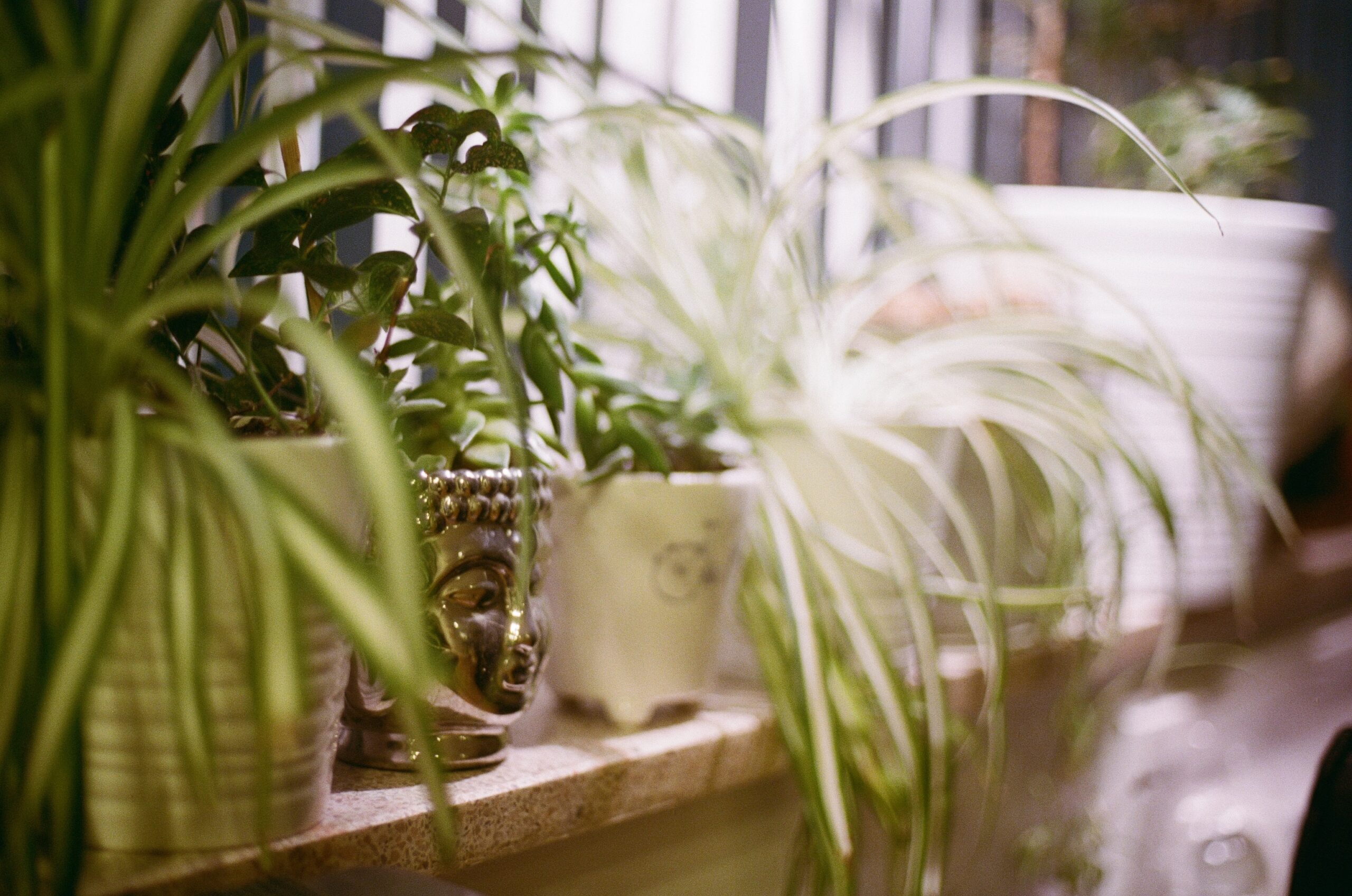
Spider Plant
Spider plants are known for their distinctive arching leaves that resemble spider legs, hence the name. These leaves can be green or variegated with white stripes, adding visual interest to your living space. Spider plants are not only visually attractive but also incredibly easy to care for. They are wonderful for hanging planters, where their long, graceful leaves can cascade down, creating an attractive display. They’re also well-known for multiplying or producing “pups” that offshoot from the mother plant. Imagine all the cute potted gifts you could give to your friends!
Boston Fern
The Boston fern is a lush and feathery plant that brings a touch of wilderness indoors. Its delicate, bright green fronds are a sight to behold. This plant thrives in humid conditions, making it great for bathrooms and kitchens.
African Violet
African violets are charming and dainty houseplants available in a wide range of colors, including shades of purple, pink, and white. Their velvety leaves and delicate, star-shaped flowers make them a favorite among plant enthusiasts. These petite plants are easy to care for and can thrive in various light conditions, making them a versatile addition to your home.
Areca Palm
The Areca palm is a tropical plant that brings a slice of paradise to your home. Its graceful, arching fronds are reminiscent of a lush, tropical forest. This plant is not only visually appealing but also effective at improving indoor air quality. To keep it thriving, place it in a location with indirect sunlight, and enjoy the serene ambiance it creates.

Burro’s Tail
Burro’s Tail, also known as the “Donkey Tail” plant, is a captivating succulent that adds a whimsy to any space. Its unique feature is its trailing stems that are densely covered with plump, blue-green leaves. These leaves resemble tiny, overlapping beads, creating a visually striking effect.
This plant is low-maintenance and can thrive both indoors and outdoors in the right conditions. It prefers bright, indirect sunlight and well-draining soil.
Parlor Palm
The parlor palm, also known as the Neanthe Bella Palm, is a popular choice if you’re looking to add some luxe to your indoor spaces. It makes a statement with its delicate, feathery fronds that arch gracefully from its slender stems. Its compact size makes it perfect for various locations, from tabletops to corners of a room.
Parlor palms thrive in low to medium light conditions, so if you have a room that needs some green but doesn’t have a ton of natural light, these make a great choice!
Christmas Cactus
The Christmas cactus is a delightful succulent that brings a burst of color and festivity to your living space, especially during the holiday season. This plant is named for its vibrant, pendulous blooms that resemble delicate, upside-down bells. The flowers come in various shades, including red, pink, white, and purple.
Christmas cacti are not only non-toxic but also relatively easy to care for. They thrive in bright, indirect light and well-draining soil. These cacti appreciate consistent moisture, especially during their blooming period.
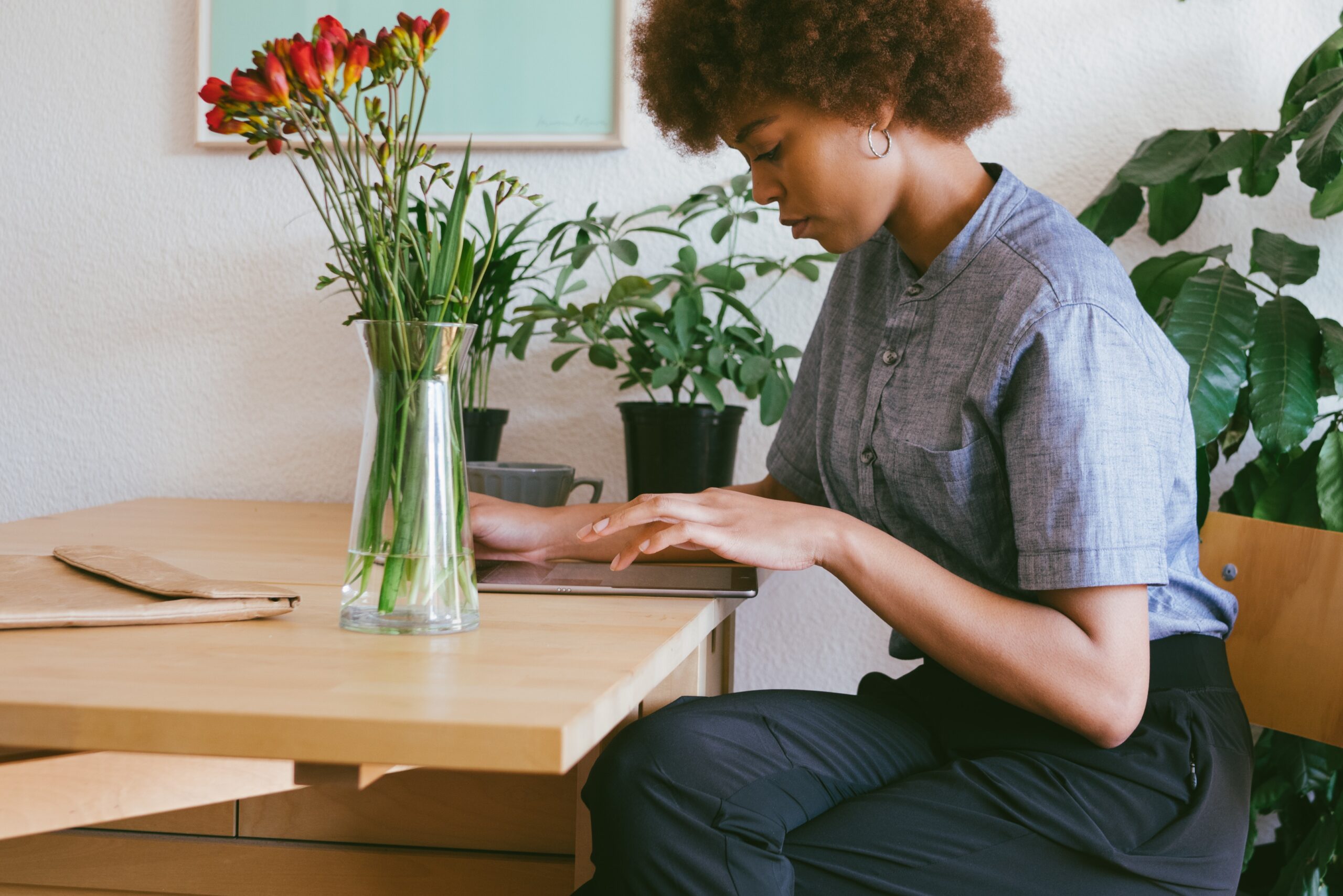
Steps to Maximize Houseplant Safety
While selecting safe plants is essential, taking a few extra precautions can strengthen the well-being of your pets and children:
- Placement: If you do have plants that are toxic and can’t part with them, make sure to put them out of reach or in rooms that are off-limits to pets and kids. You can also use high shelves or hanging planters for added security.
- Education: Teach your children about the importance of not touching or eating plants without your permission. Make them aware of the potential dangers.
- Regular Inspection: Pets and kids can still get curious! Periodically check your plants for signs of damage or nibbling. This will help you identify and remove any potential hazards promptly.
popular posts
- 1It’s Black Business Month, So Let’s Go Shopping and #BuyBlack!
- 2These Home Decor Items Will Instantly Make Your Space Look Outdated
- 3Black-Owned Home Decor Stores To Support Across the United States
- 4A Look Inside Elon Musk's Tiny $50,000 House
- 57 Black and Multicultural Designers To Follow For Design Inspo
Decorate
Access design inspiration that infuses personality and culture into your spaces.
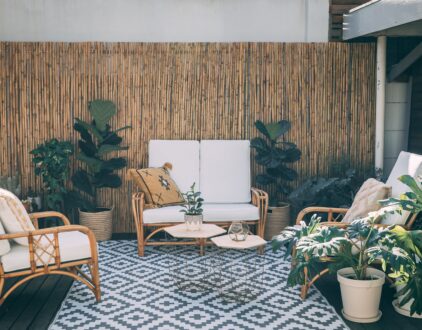
Up to 15% Off: 4 Best Patio Furniture Finds
by Stephanie Taylor | January 18, 2023
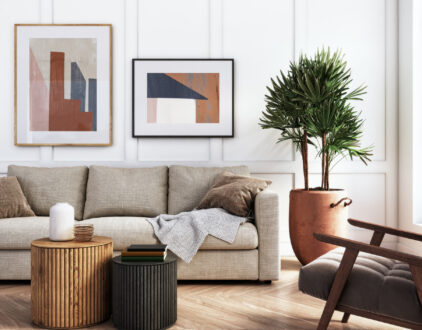
7 Black and Multicultural Designers To Follow For Design Inspo
by Marissa | January 18, 2023
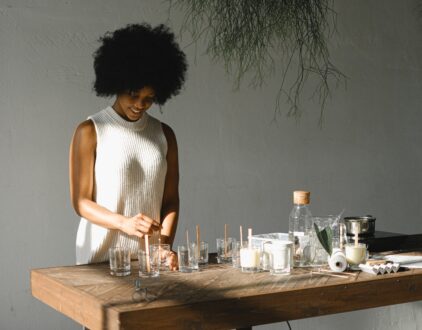
These Candle Making Kits Will Elevate the Vibe of Your Home
by Arielle Clay | January 19, 2023
Spaces
Whether it’s luxury or ease, every area of your home should be as fabulous and unique as you.
FOLLOW ALONG ON INSTAGRAM
#homeandtexture
Find us on social for more home inspiration where culture, personal style, and sophisticated shopping intersect to help you create a home where you love to live.
